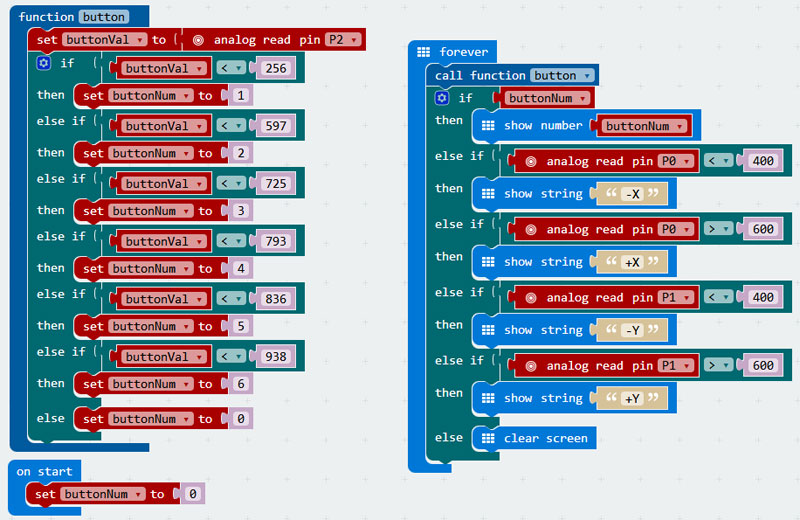

- #Scilab serial port example for free
- #Scilab serial port example software
- #Scilab serial port example Bluetooth
- #Scilab serial port example series
The serial software will allow us to paste this data into a file. In response to this command, we will receive a CSV formatted output of all the acquired data. If you have not installed a temperature sensor, or if you want to force the value of the temperature to a fixed value (for example 300 K), you can use the following command pair: $STS,=,=,=,0,=,=,=,=,= $DTS,=,=,=,=,=,=,=,=,300 2 – Transfer and store measurementsįinally, if we want to receive all the saved data via the serial connection we issue the dump command: $FMQ,DMP,PIPPO01.CSV To stop to store the data into PIPPO01.CSV on the miniSD we issue: $DFS,=,=,0
#Scilab serial port example Bluetooth
Once we are ready to acquire, we send the command that starts to save data to the microSD at 50 Hz, and continue to send the data to the USB and to the Bluetooth at the previously set rate $DFS,=,=,50 Now we must set the current log file to the newly created PIPPO01.CSV: $LCS,PIPPO01.CSV It is possible to list the files presents on the SD-Card with the command: $FMQ,LST That will receive the positive reply: $FMA,NEW,PIPPO01.CSV Firstly we initialize the file named PIPPO01.CSV with the command $FMQ,NEW,PIPPO01.CSV So now we desire to initialize a new data log file and write to the miniSD at 50 samples per second or Hz. The above command instructs the unit to send us all the data fields, many data can be unavailable and set to zero. No data is transmitted because no data is selected to be transmitted.


#Scilab serial port example series
The unit will then respond with an endless series of $DTA void messages, one per second as specified: $DTA, If you are using a Bluetooth connection, please issue the following equivalent command instead: $DFS,0,1,0 This command instructs the unit to send out the string of data to the serial connection at the frequency of 1 Hz (1 sample per second). To start to receive the unit output, send to the unit the command: $DFS,1,0,0 Once connected to ADC, as per default configuration, you will see no data on your terminal. Launch your preferred serial terminal and set up the connection to 57600 bps 8N1 for USB connections or 9600 bps 8N1 for Bluetooth connections, for the Arduino IDE you can find instructions here. You can use the powerful and free QGIS.Īs you know the ADC comes with a USB and a Bluetooth interface, you can use the two communication interfaces contemporarily and with the same communication protocol. GIS users can use the Scilab script to generate a FORQGIS.CSV file that can be loaded into a generic GIS.With the provided Scripts, you will be able to load and visualize the CSV files data. You can download ADC specific dedicated scripts form our repo.
#Scilab serial port example for free
LibreOffice is available for free and runs under Windows, Linux, and Mac. So it’s straightforward to load the data into your favorite spreadsheet software. From the ADC you can download CSV files.3 – Visualization and post-processing of measurements


 0 kommentar(er)
0 kommentar(er)
